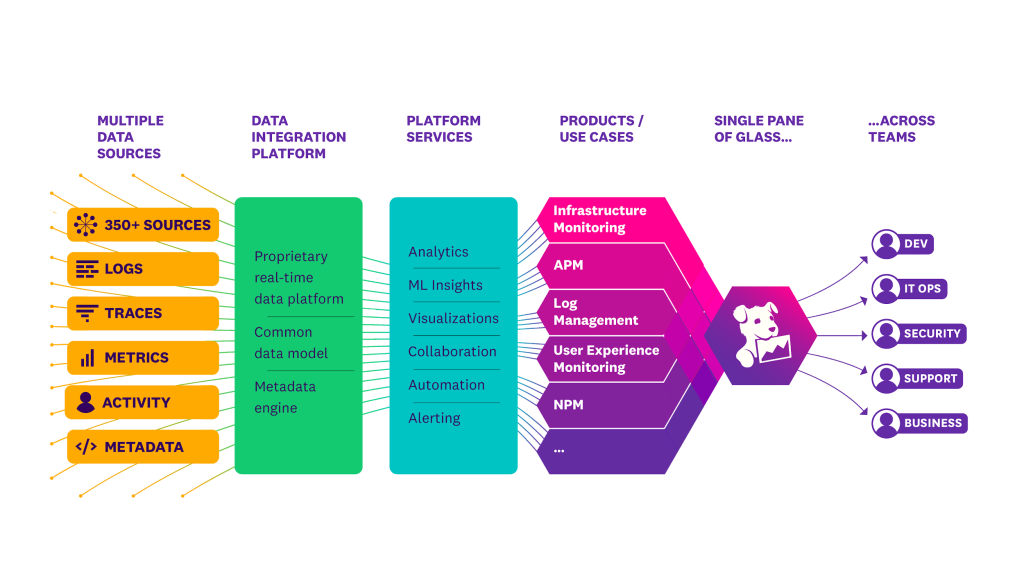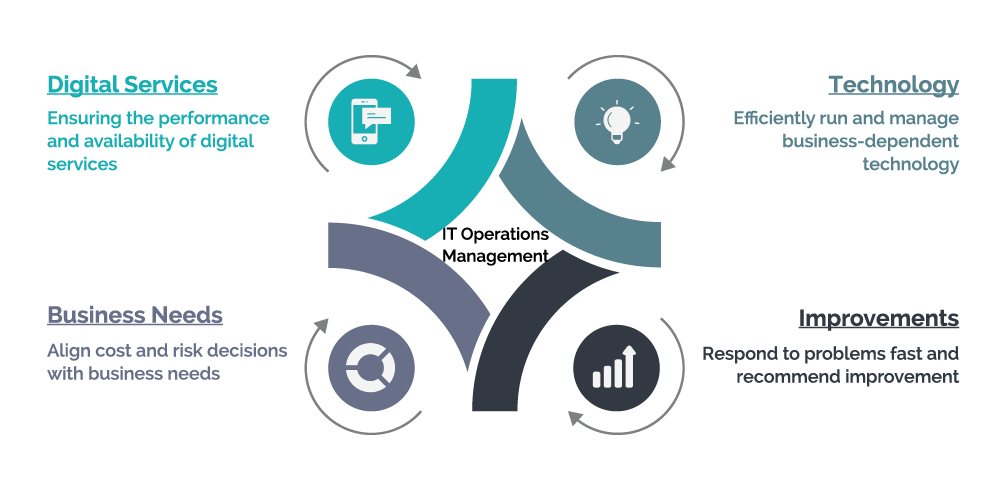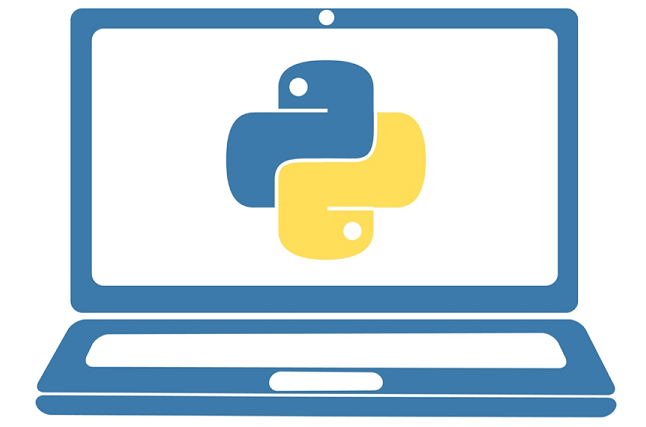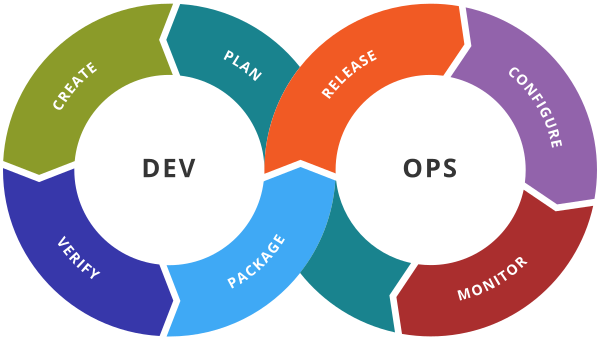
Managing an IT operations team can be a challenging task, but with the right approach, you can create a team that is efficient, effective, and able to meet the needs of your organization. In this blog post, we will discuss some of the best practices for managing an IT operations team, including setting clear goals, building a strong team culture, and using the right tools and technologies.
One of the first things to consider when managing an IT operations team is setting clear goals. This means having a clear understanding of what your organization needs from the team and then communicating those goals to the team in a way that is easy for them to understand and align with. For example, if your organization is looking to improve the performance of its IT systems, you might set a goal for the team to reduce system downtime by a certain percentage over a set period of time. Having clear, measurable goals in place will help the team stay focused and motivated, and will make it easier for you to track their progress and make adjustments as needed.
Another important aspect of managing an IT operations team is building a strong team culture. This means creating an environment where team members feel valued, respected, and empowered to do their best work. This can be achieved through a number of different approaches, such as providing regular training and development opportunities, fostering open communication, and recognizing and rewarding good work. When team members feel like they are part of a positive, supportive culture, they will be more likely to stay engaged and motivated, and less likely to leave the team.
In addition to setting clear goals and building a strong team culture, it’s also important to use the right tools and technologies to help manage the IT operations team. This might include things like IT service management software, automated monitoring and alerting tools, and incident management systems. By using the right tools, you can help the team work more efficiently and effectively, and ensure that they have the necessary resources to do their job.
Another important part of managing an IT operations team is to ensure that you have the right people in the right roles. This means having a clear understanding of the different roles and responsibilities within the team and then making sure that the team members have the skills and experience needed to be successful in those roles. This might involve providing training, cross-training, and mentoring opportunities, or even hiring new team members to fill specific roles.
Overall, managing an IT operations team requires a combination of clear goals, a strong team culture, the right tools and technologies, and the right team members in the right roles. By focusing on these key areas, you can create a team that is not only efficient and effective but one that is able to meet the needs of your organization and drive business success.






